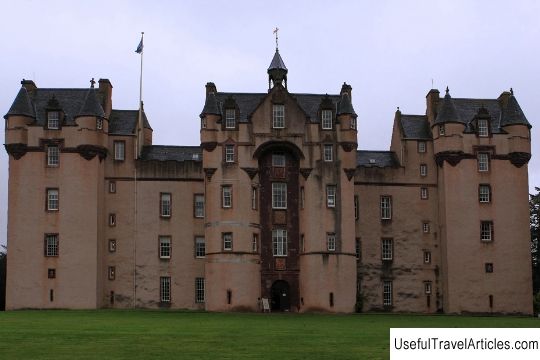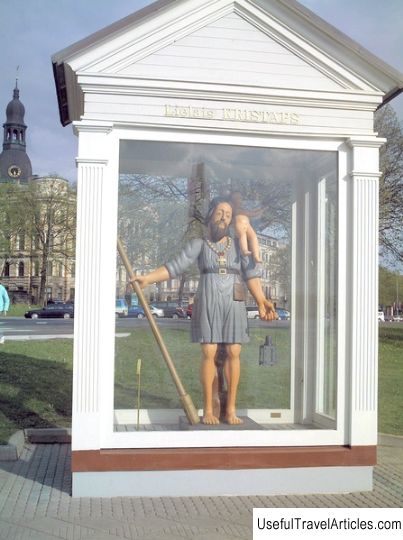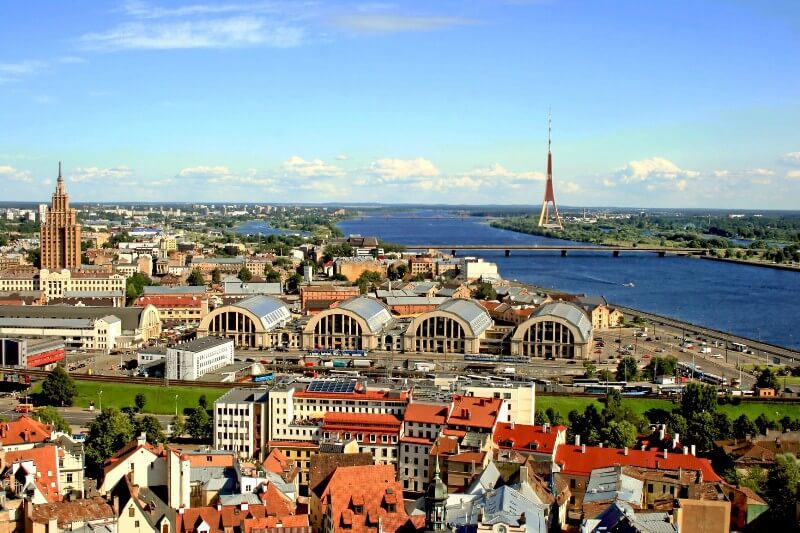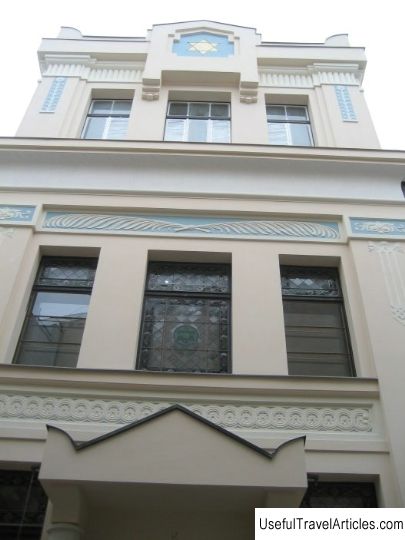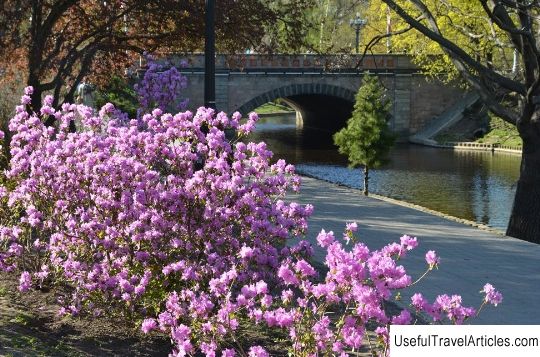Berga Bazars description and photos - Latvia: Riga
Rating: 7,9/10 (4954 votes) 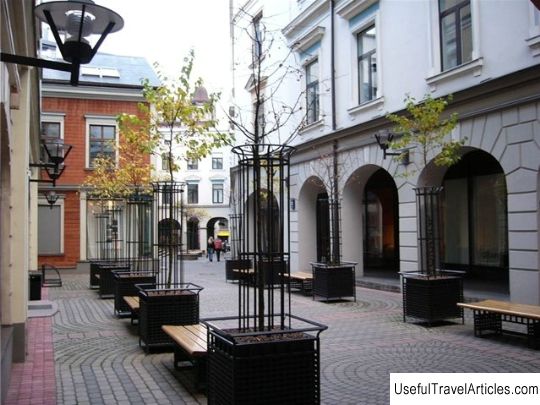
Berga Bazars description and photo - Latvia: Riga. Detailed information about the attraction. Description, photographs and a map showing the nearest significant objects. The title in English is Berga Bazars. Photo and descriptionBerga's bazaar is a historical ensemble of buildings between Elizabetes, Dzirnavu and Marijas streets in Riga, designed by Konstantin Peksens. Kristaps Kalnins was born in 1843 on the Berzmuiza farm (Dobele region, Latvia) in the family of a farm laborer. At the age of 16, he reached Riga and from that time on began to introduce himself as Kristaps Berg, since in the city all the favorable places were in the possession of the Germans. Later he became a famous housekeeper, industrialist and public figure. In 1875, Berg built his first tenement house on Elizabetes Street 10 together with the architect Janis Baumanis, who subsequently designed it for him annually. In 1887, the construction of a bazaar was conceived as a shopping complex for pedestrians, in which would, according to Berg's idea, it included a trading yard, a passage and a gallery. The buildings on the side of Marijas Street have acquired their eclectic facades. The next year, buildings appeared on the side of Dzirnavu Street. And 4 years later, a shopping line with a luxurious entrance from Elizabetes Street joined them. In 1895, the last, the poorest and hastily built, 4-storey plastered building appeared in the side streets of the bazaar, where the hotel is currently located. And finally, in 1900, the 6-storey and most luxurious bazaar house was erected, located at the corner of Marijas and Elizabetes streets. 131 places were equipped for traders, which were immediately occupied. Berg's bazaar turned out to be unique. But Berg himself, when laying the first stones, had a different opinion about the purpose of his brainchild. Kristaps Kalnins, being a simple guy from the village, I wanted to feel more of my own spirit in my establishment. The upper floors were given over to inns, where in 1888 800 performers were accommodated at the III Song Festival. Stables were also located in Berg's Bazaar. After Berg's death, his sons took care of the bazaar properly at first, but no large buildings were built here. In 1909, the house on Dzirnavu Street was equipped with sewerage and water supply. In 1912, Arved Berg bought new land from the Elizabetes Street side. Here he was going to remove a wooden house built in 1815, in which he saw no value or benefit, and in its place to build a 5-storey apartment building. The Bergs generally disliked wooden houses in the bazaar, but despite this, they did not demolish 2 out of 3 houses. Ultimately, however, the Bergs' ideas never materialized. After the First World War, the bazaar owners did not care what was happening with pre-war pride. For the sake of profit, Bergi repaired all the arcades along the streets, made the courtyards full of scandals. But in 1982, it was planned to demolish half of the buildings and, in the next 18 years, build an impeccable socialist paradise for shopping, car parking and management, whose borders would adjoin Krisjani Barona Street. The reality showed itself not so cruel, as the Berg's heirs in 1994 organized the reconstruction of the Berg bazaar much softer and more delicate than they achieved its original gloss. Currently, the only one in Riga is organized in the Berg Bazaar twice a month antiques market, where you can buy antiques and many other things that witness the past. Also here you will be offered the most interesting works of Latvian artisans, and in the Green Bazaar you can get acquainted with the ideas of ecological agriculture in Latvia and the so-called Slow Food. Connoisseurs of good cuisine can taste the special quality of this food on site from the chefs of the best restaurants in Riga.         We also recommend reading Fountains-firecrackers description and photo - Russia - St. Petersburg: Peterhof Topic: Berga Bazars description and photos - Latvia: Riga. |
